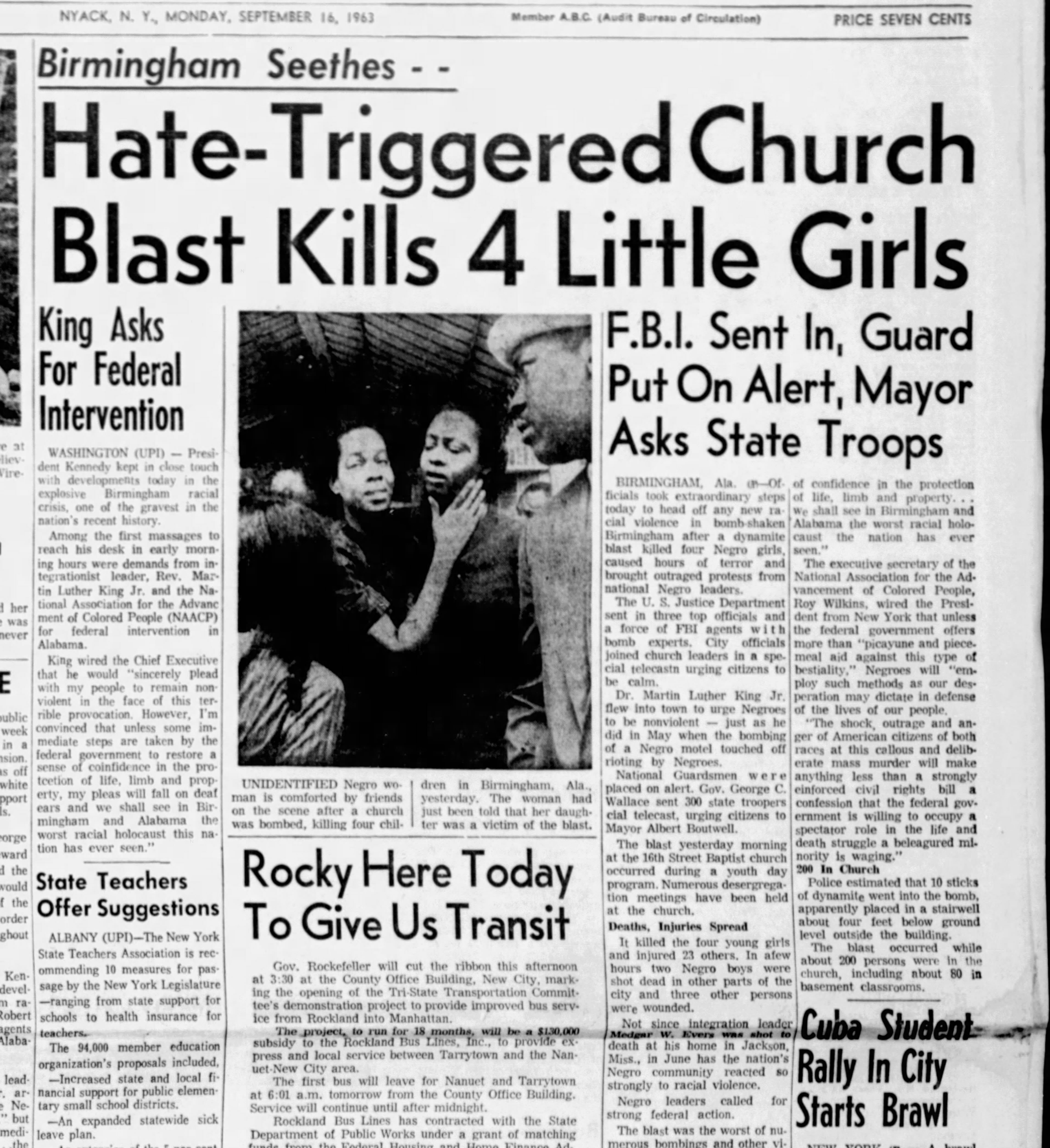The 10-Minute Rule for News Articles
The 10-Minute Rule for News Articles
Blog Article
Get This Report on News Articles
Table of ContentsFacts About News Articles UncoveredNot known Facts About News ArticlesThe News Articles StatementsIndicators on News Articles You Should KnowThe Single Strategy To Use For News Articles
Excellent knowledge of different topics gives pupils an one-upmanship over their peers. Although electronic and social media are readily available, we need to not fail to remember exactly how vital it is to read the newspapers. Moms and dads need to try and inculcate the behavior of reading a newspaper as a day-to-day routine to proceed the legacy of the revered print medium.Newspaper article likewise have at the very least one of the adhering to important features about the intended audience: distance, prestige, timeliness, human interest, quirk, or effect. The associated term journalese is in some cases made use of, usually pejoratively, to refer to news-style writing. One more is headlinese. Papers generally stick to an expository writing design.
Within these limits, information tales likewise intend to be comprehensive. However, various other elements are involved, some stylistic and some stemmed from the media kind. Amongst the larger and much more reputable papers, justness and equilibrium is a significant consider offering info. Commentary is normally restricted to a different area, though each paper may have a various overall angle.
Papers with a global target market, for example, tend to use a much more formal design of creating. The particular choices made by an information electrical outlet's editor or editorial board are often gathered in a style overview; typical style guides consist of the and the US Information Design Book. The major goals of information writing can be summarized by the ABCs of journalism: accuracy, brevity, and clarity.
The 7-Second Trick For News Articles
As a rule, reporters will certainly not use a long word when a short one will do. News writers try to stay clear of using the same word much more than when in a paragraph (often called an "echo" or "word mirror").
Headlines often leave out the subject (e.g., "Jumps From Boat, Catches in Wheel") or verb (e.g., "Feline female fortunate"). A subhead (likewise subhed, sub-headline, subheading, caption, deck or dek) can be either a subordinate title under the major headline, or the heading of a subsection of the post. It is a heading that precedes the primary message, or a team of paragraphs of the primary text.

of a post subject, informant, or interviewee), it is described as a pulled quote or draw quote. Extra billboards of any of these kinds might show up later on in the write-up (particularly on subsequent web pages) to attract more analysis. Journalistic web sites in some cases make use of computer animation methods to exchange one billboard for another (e.g.
The Only Guide for News Articles
Such billboards are also utilized as reminders to the article in various other areas of the magazine or website, or as promotions for the item in other magazine or websites. Press release of my sources the Swiss government. Normal structure with title, lead paragraph (recap in bold), other paragraphs (information) and contact details.

Example of a hard-lead paragraph NASA is recommending another room job. The budget plan demands about $10 billion for the project.
The NASA announcement came as the company asked for $10 billion of appropriations for the task. An "off-lead" is the 2nd crucial front page news of the day. The off-lead shows up either in the top left corner, or straight listed below the lead on the. To "hide the lead" is to begin the write-up with background information or information of second importance to the viewers, forcing them to learn more deeply into a short article than they ought to have to in order to discover the essential points.
Some Known Details About News Articles
Common use is that or two sentences each create their very own paragraph. Reporters generally define the company or structure of a news story as an inverted pyramid. The important and most intriguing components of a tale are placed at the beginning, with sustaining details following in order of reducing importance.
It allows people to discover a topic to just the depth that their inquisitiveness takes them, and without the charge of details or subtleties that they might take into consideration unimportant, yet still making that info offered to a lot more interested viewers. The upside down pyramid framework likewise allows write-ups to be trimmed to any type of arbitrary size during layout, to suit the room readily available.
Some writers begin their stories with the "1-2-3 lead", yet there are several sort of lead readily available. This style usually begins with a "Five Ws" opening paragraph (as described over), complied with by an indirect quote that offers to support a significant component of the first paragraph, and afterwards a direct quote to sustain the indirect quote. [] A twist can refer to several points: The last story in the information program; a "pleased" story to finish the program.
Longer short articles, such find more information as magazine cover write-ups and the pieces that lead the inside areas of a paper, are understood as. Feature stories vary from straight news in a number of ways.
The 9-Second Trick For News Articles
A feature's initial paragraphs usually relate an intriguing minute or occasion, as in an "unscientific lead". From the particulars of a person or episode, its sight swiftly broadens to generalizations regarding the he has a good point tale's topic.

The Editor's Toolbox: A Referral Guide for Beginners and Professionals (2001) Allan M. Siegal and William G. Connolly. The New York Times Guidebook of Style and Usage: The Authorities Style Guide Made Use Of by the Writers and Editors of the World's Most Reliable Newspaper (2002) M. L. Stein, Susan Paterno, and R.
Report this page